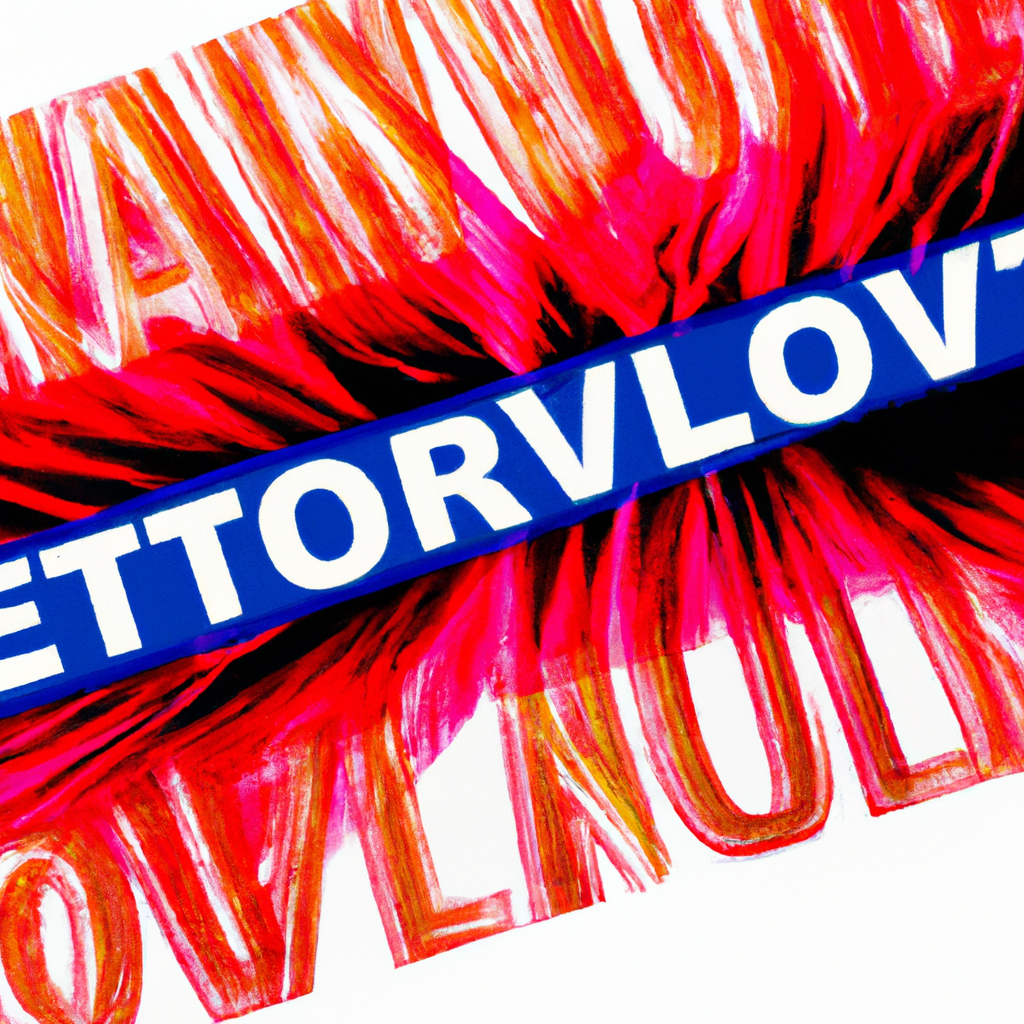In the sweeping digital pantheon where artificial intelligence and human creativity are in constant rivalry, a recent contest reveals these conflicts in their most poignant folds. Renowned photographer Miles Astray daringly submitted what he claimed was an artistic commentary to an AI image contest. His work, a visually arresting photograph unaided by AI, won the contest, only to be disqualified later. Astray's ruse was a provocative gesture meant to underscore a timely question: Has human-made content lost its ground to the algorithmic allure of artificial intelligence?
The stakes are high in the ever-evolving dialogue between technology and traditional arts. As the landscape of creativity warms to AI’s burgeoning capabilities, many artists feel an imperative to reaffirm the value of human touch in their work. Astray's photograph, a testament to the nuanced beauty that is often the hallmark of human endeavors, initially slipped through as a triumphant echo of traditional artistry amidst digital compositions.
While the contest rules clearly mandated AI-generated submissions, Astray's audacious move was not just to defy but to demonstrate. He stated eloquently, "I wanted to prove that human-made content has not lost its relevance," capturing a sentiment that resonates deeply across the art community. Indeed, the disqualification brought more attention than perhaps a victory would have. Astray’s photograph became a focal point of discussion in numerous art forums, galleries, and online platforms, sparking debates about the intrinsic value and irreplaceable qualities of human creativity.
The implications of Astray’s disqualification are multifaceted. It presents an opportunity for introspection within the artistic community—does the future of art lie solely in the hands of those who program the machines, or is there an immutable, inherent value in what humans can create independently? This incident serves as a catalyst for a broader discussion on how society values and perceives art, the authenticity of creation, and the definition of originality in the digital age.
This isn’t just about a contest; it’s about setting a course for the future perception of art and technology’s role in its evolution. The art community, often seen as the last bastion of human emotional expression through creativity, now stands at a critical juncture. As AI continues to make inroads into creative fields, it is imperative that we continue to champion the unique and irreplaceable capabilities of the human spirit.
Astray’s brave foray into the battleground of AI versus human art not only challenges the status quo but also reaffirms the enduring power and relevance of human-made art in an increasingly algorithm-driven world. It reminds us all to pause and reflect on what it means to create and appreciate art in its most authentic forms.

